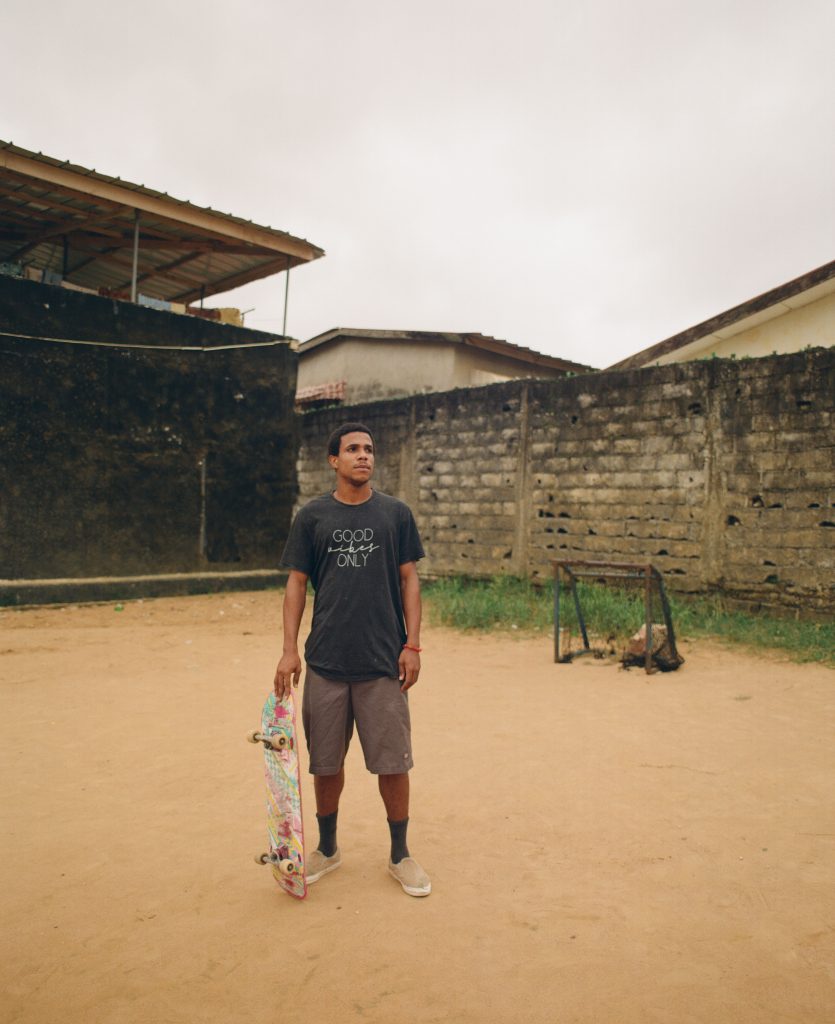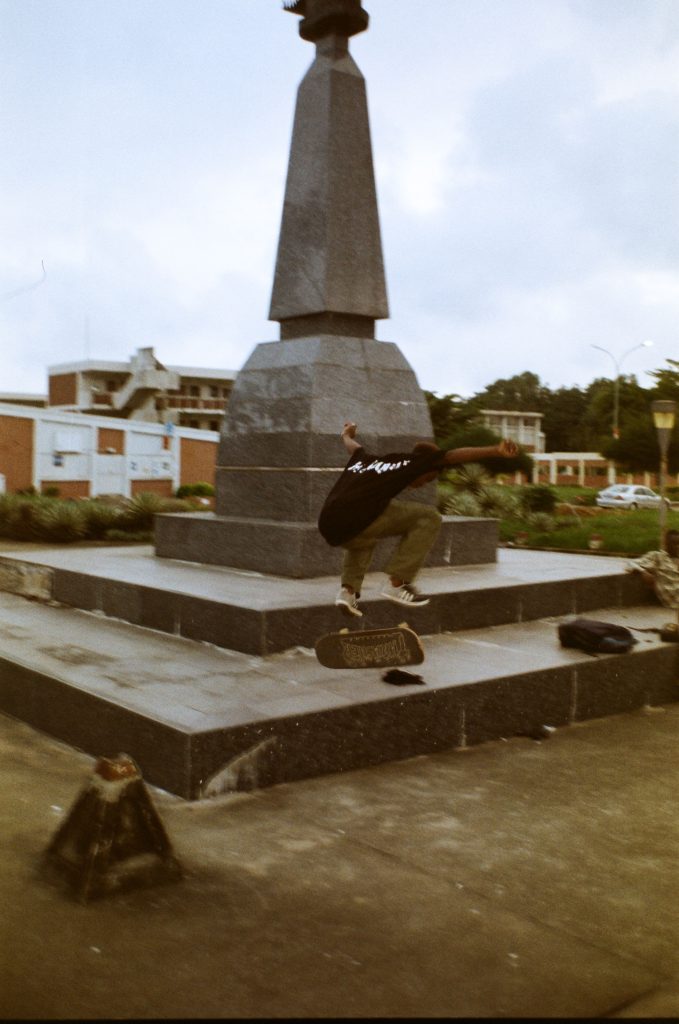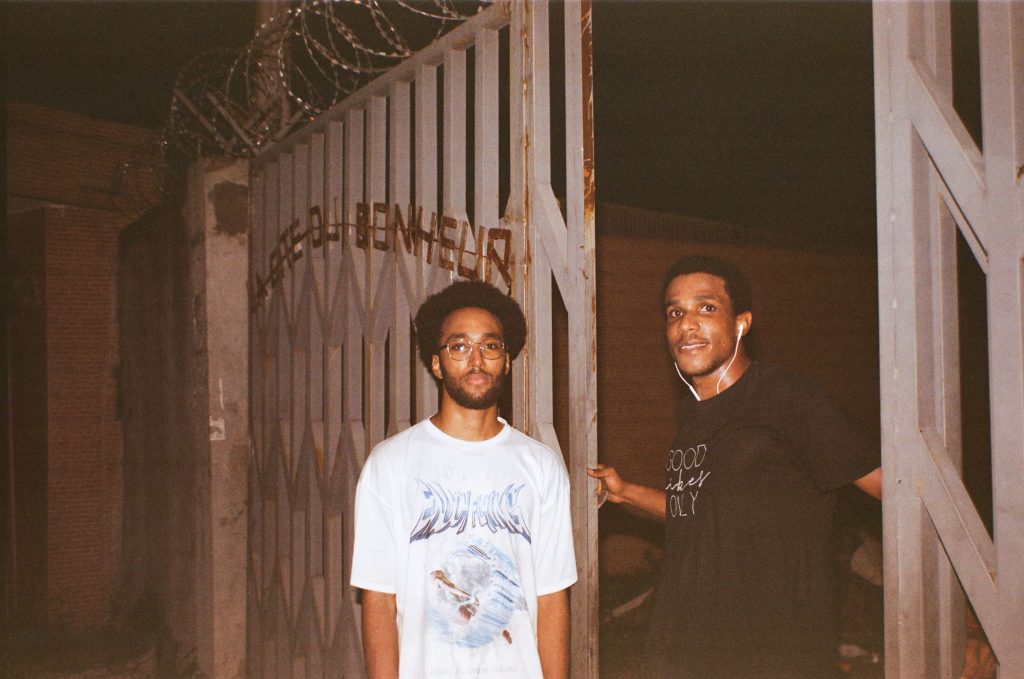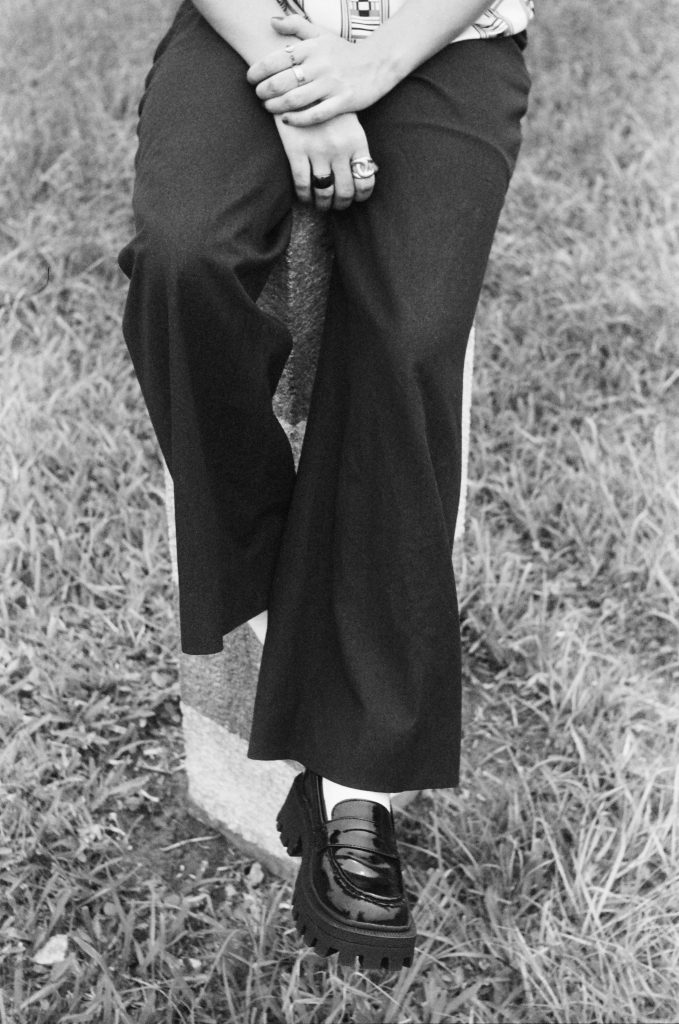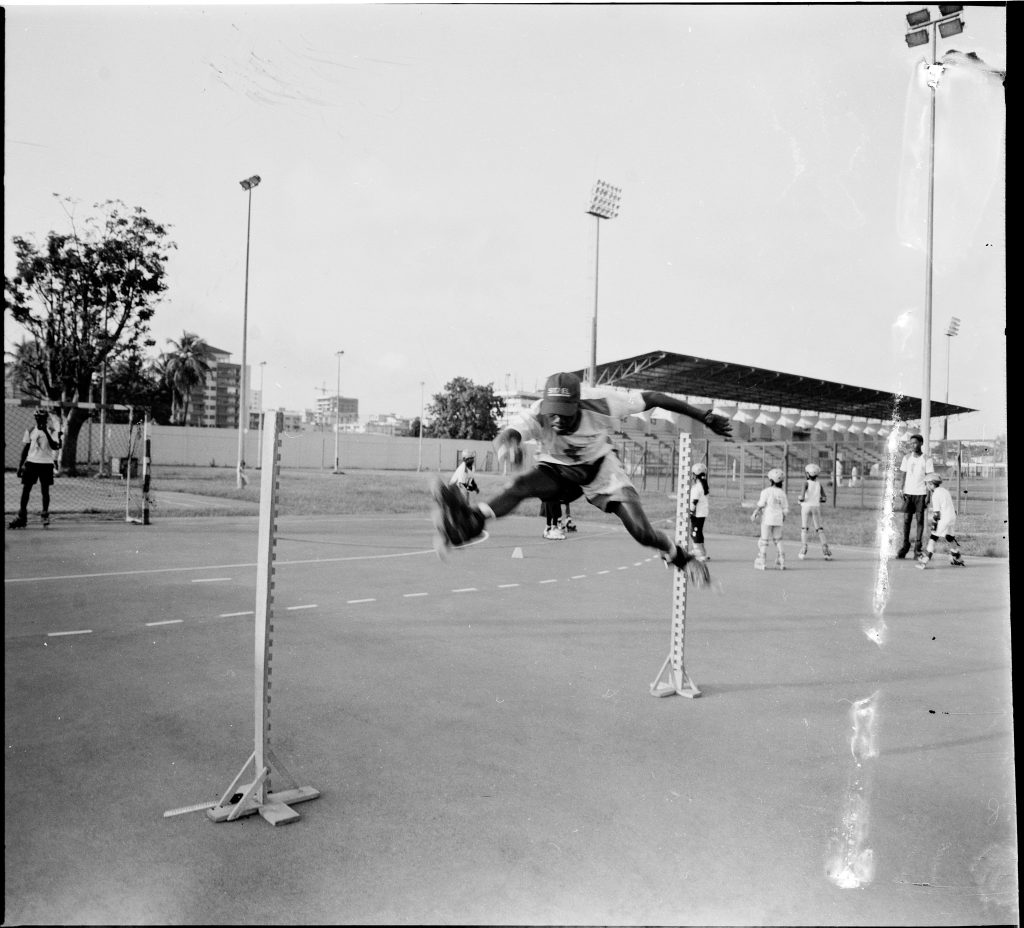It was difficult to sleep the other night so we decided to do more research about Yassine and what kind of introductory text we would like to write about his work and so we went again to his Instagram account (because there’s no other way to learn about an artist except by the work they put out) and went ahead to try and read more into his images. One swipe after another and the enthusiasm began to expand so we took it a step further to read the captions that accompanied some of his images, it was a blessing to find that not only are the photography compositions detailed, but also that he is detailed in the events of the day that led to why the image was made, a truly remarkable experience to find evidence of a kind of intimacy stemming from exclusive availability and an exclusive relationship between photographer and subject, with sufficient pieces of evidence of the photographer’s participation in the scene on an emotional level, with a sense of understanding, love, and then the trust given freely by subjects. Especially when it comes to skateboarding and skateboarders, Yassine seems to have nothing but a soft spot for the subculture. Because of this remarkable photographic experience, it is easy to say that film is not dead, and, with the help of some committed artists like Yassiine Sellame film has experienced a renewed popularity, and also for its retro, analogue status, but mostly because digital photography has had the time to achieve exceptional imagery but still hasn’t even with all the apps and editing tutorials on YouTube. It is with great pride that we also say that Yassine Sellame was awarded the Mustaqbal Prize (TGCC Foundation) in 2024.
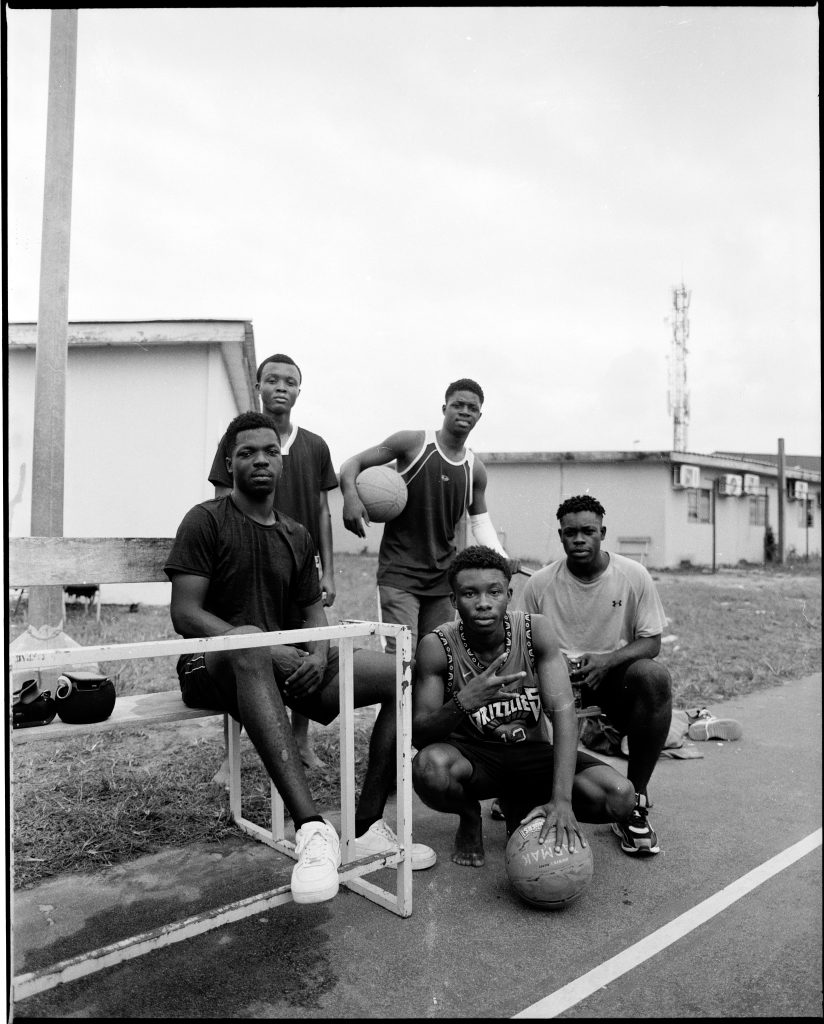
Introduce yourself: Tell us a little about your upbringing and where you call home.
Hello, I’m Yassine Sellame, an artist and photographer from Marrakech, Morocco. My work blends intention with spontaneity, reflecting the connection I’ve developed between photography and skateboarding over the past decade. Moroccan’s vibrant streets and diverse culture have greatly influenced my creative journey. Through my lens, I capture the skateboarding community in different cities of the county, focusing not just on the action, but also on the human connections and the everyday struggles within urban spaces.
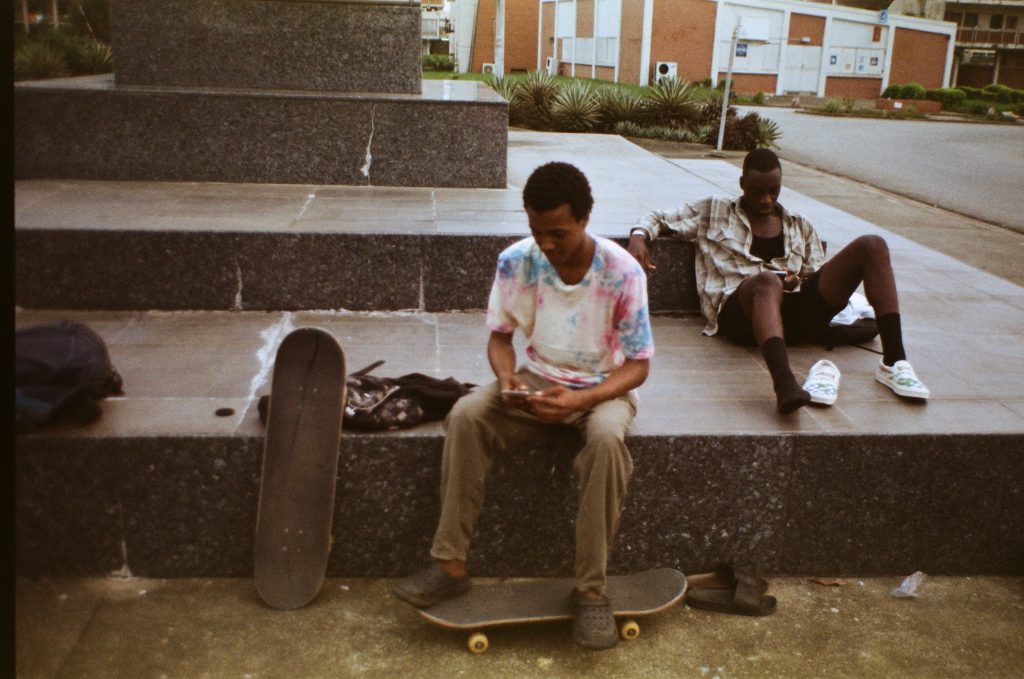
We hope that this question does not come off as invasive but, since we have started to interview a lot of photographers it has become customary for us to ask, especially if you’re not native to the place you’re being interviewed for. Can you briefly discuss with us your relationship with the country Ivory Coast and why you decided to go there?
In 2019, I moved to Casablanca, Morocco’s economic capital, where one of Africa’s largest and best skateparks was built. This new skatepark, located in the heart of the city, replaced the old skate spot, Nevada. Today, Nevada Skatepark has become a hub for youth, connecting people from different backgrounds through skateboarding.
At Nevada Skatepark, I met David and Rayan, originally from Ivory Coast, who came to Casablanca to study. They discovered skateboarding there and quickly became passionate about it. We often skated together, and I captured their journey through my photography. When they finished their studies, they returned to Abidjan and started a skate collective, And i had the idea that one day, I would visit them in Ivory Coast.
In August 2023, I had the opportunity to do just that when my aunt, who is based in Abidjan, invited me to spend a month there. I brought my cameras and negatives and spent the month hanging out with local skaters, who introduced me to artists, rappers, and creatives in the city. I felt an immediate connection to the community, just as I do in Morocco. This trip deepened my ties to West Africa, and I’m eager to return and continue the project with the locals.
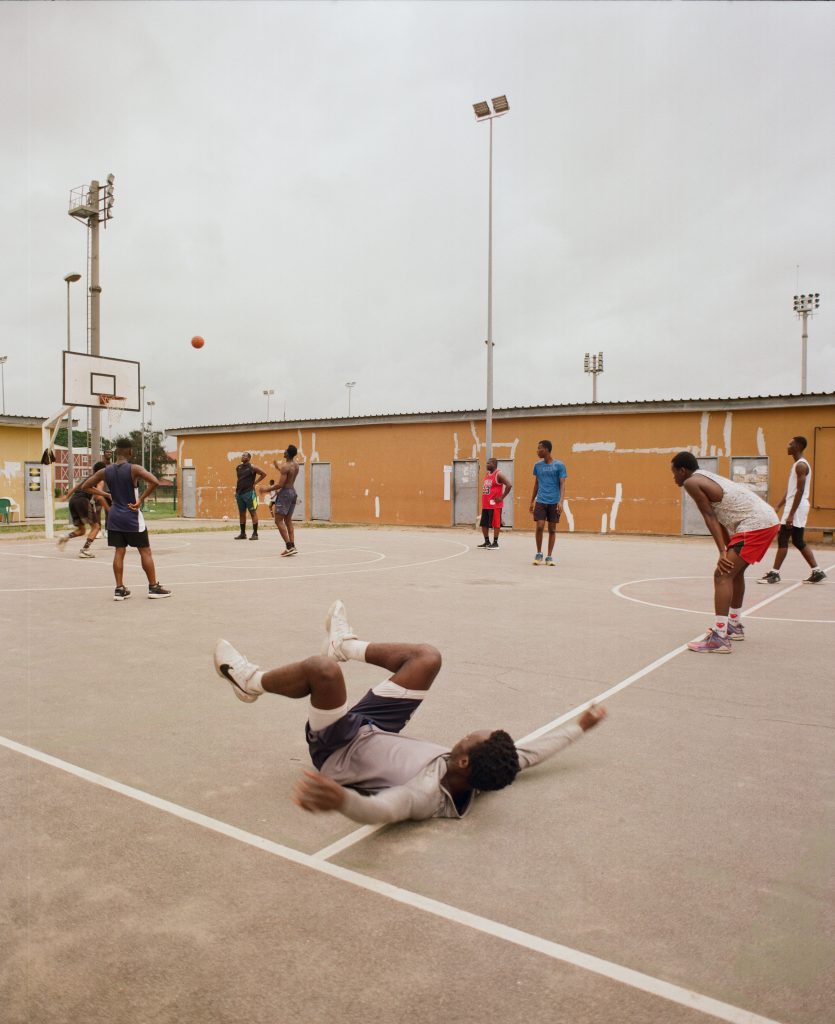
Your images are great and to be specific the compositions of your images are often perfect, and this is impressive judging also from the fact that you make a lot of your images on film. How long have you been a photographer and what introduced you to photography?
I started skateboarding before I ever picked up a camera. It was through skateboarding that I discovered film photography in 2014. back in the days i was a student, the cheapest way to take pictures with a professional camera. I’d buy cameras from flea markets and taught myself how to develop and scan the film. Eventually, I invested in a Mamiya RB67 and began shooting 120mm.
I’ve been lucky to have a skater friend who worked at a top photo lab in Paris, helping me develop and scan my photos at a lower cost. Shooting on film matches the spontaneity of skateboarding, and over time, photography has become more than just documenting the skate scene; it’s a way for me to explore and share the connections between people, culture, and the urban landscape.
I love shooting on film because it allows me to keep a physical archive of my work, and the look of film feels more real to me. My films are a mix of new and expired rolls, which adds another layer of unpredictability to the process.
In the series of images you sent us, which is your favourite and what is the story behind it?

Actually, I love the entire series, but if I had to pick one, it would be this one.
The guy in the photo is Franck. It was a Sunday in the Plateau, a working area full of skate spots. We were taking a break after a long ride. We had skated together 3 or 4 times, and then a few days later, Franck moved to Canada without telling us until he was already there.
This picture captures the quiet moment of a skateboarder who loves what he is doing, no matter the situation.
It also reflects the uncertainty Franck was probably feeling before starting his new life. I’m sure, at that moment, he was thinking about what the future would bring.
Funny story: right after taking this shot, I was walking with my camera, and the police stopped me, asking if I was shooting videos for a commercial purpose. Hahaha!
Are there photographers whose work you draw inspiration from or you’re simply self-taught?
My inspiration primarily comes from where I grew up and my daily interactions with people. The energy and spontaneity of these moments, particularly within the skateboarding community, deeply influence my approach to photography. This blend of external influences and personal experience shapes my unique style. Recently, through my travels, I’ve developed a love for photo books, often returning with a full bag of them.
I can also say that French Fred is one of my inspirations. Back in 2015, when I had just started using Instagram and was eager to share my pictures, I followed many skate photographers. A few days later, I received a direct message from French Fred, telling me that I had won 5 of his pictures as postcards. I gave him my address, and a few weeks later, I received a letter from him. This gesture inspired me to believe in my work and encouraged me to continue documenting the skate scene.
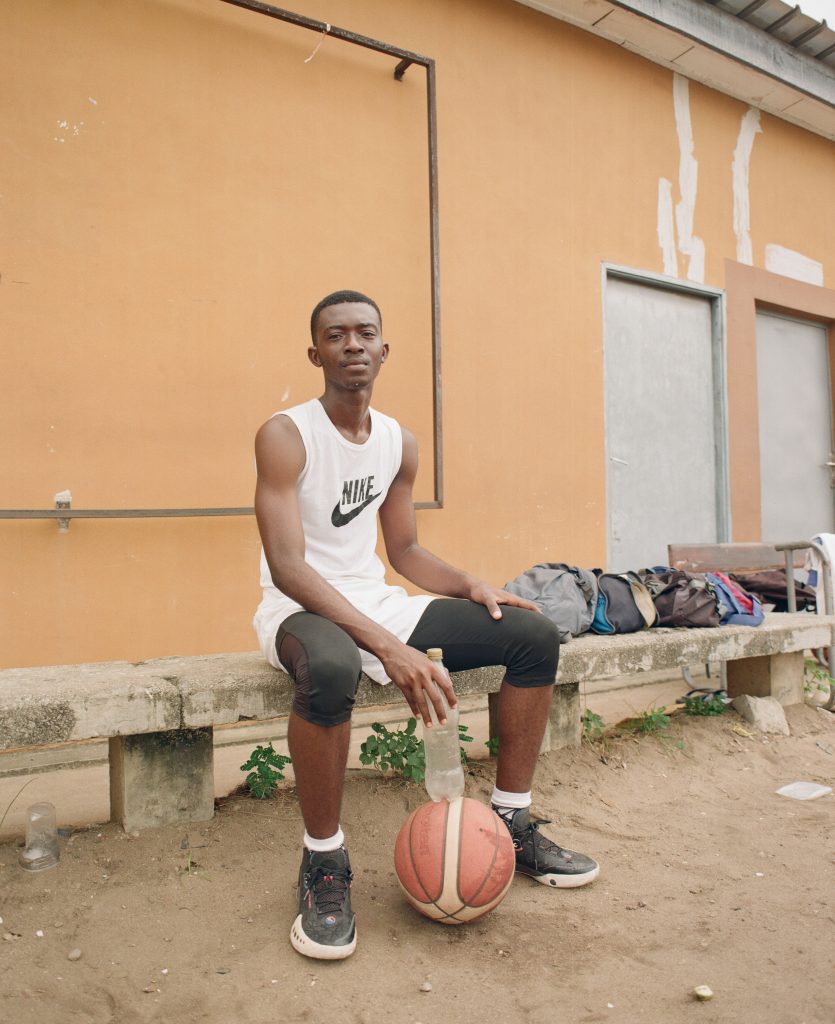
How do you feel about shooting film and not knowing if the images to be processed later will come out well?
Shooting on film is a crucial part of my practice. While photographing, I focus on the moment and the conversation happening around me rather than checking each shot on a screen. Using the same camera, exposure settings, and film helps me maintain consistency and control over my work.
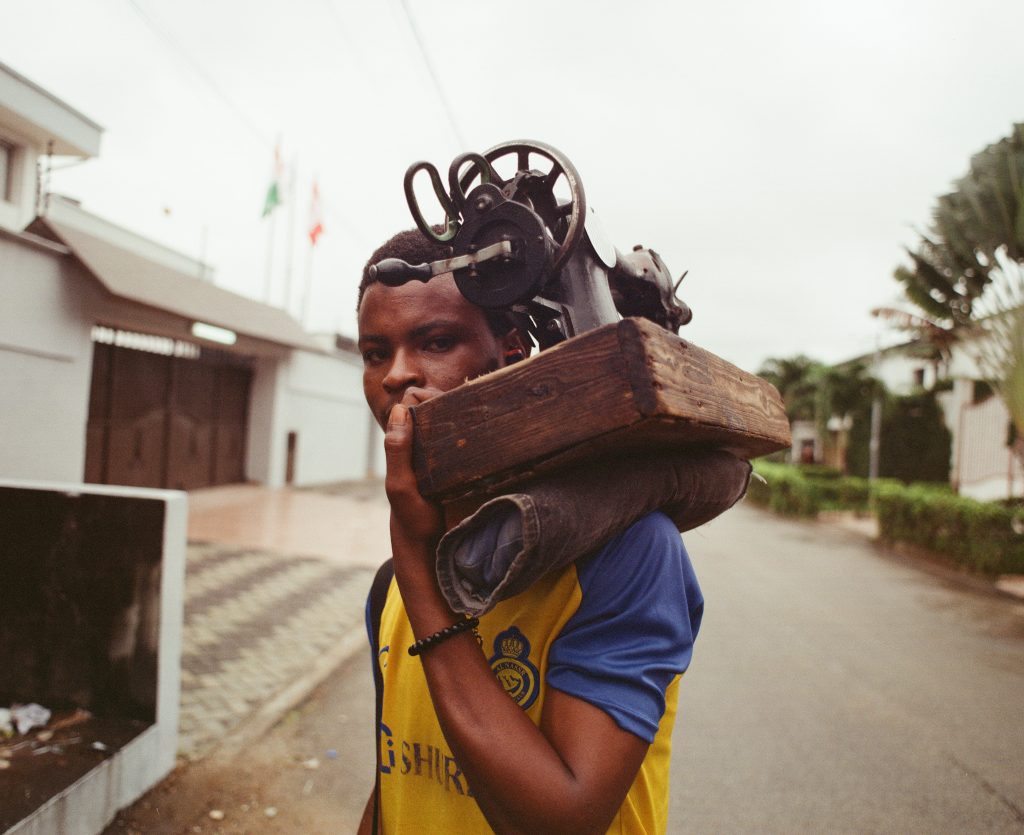
What makes a photograph great, or maybe even a good one? Or if you prefer that we phrase it this way: The images that you decide to share publicly, what qualifies them as the good ones to share?
I think every picture has its own value, and it’s important to think of each one as if it’s the first time someone will see it. This helps me make sure my photos tell a story that people can connect with.
